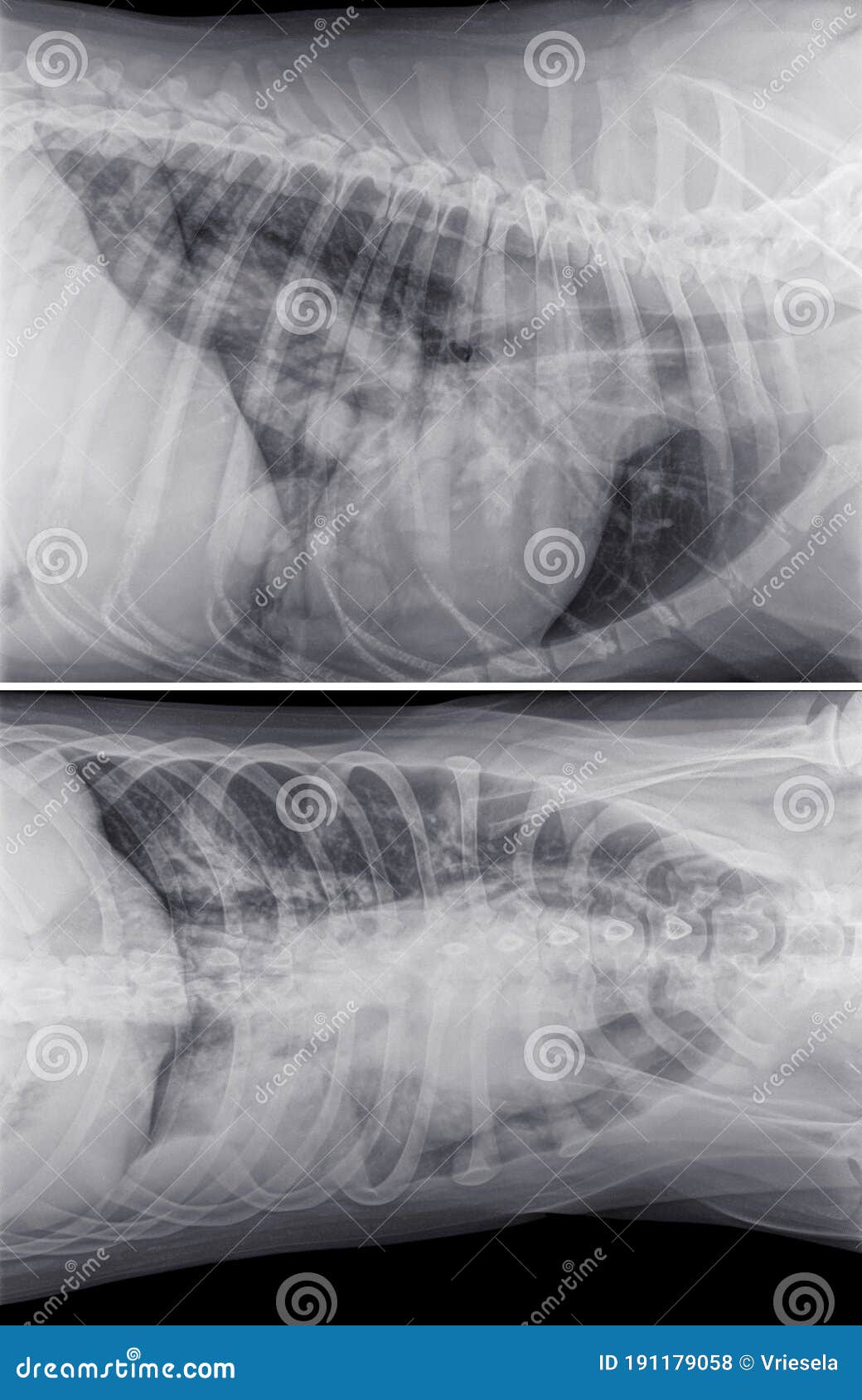
The other view is taken from the side of the body. Two X-ray views of the chest are usually taken. (You may be allowed to keep on your underwear if it does not get in the way of the test.) You will be given a gown to wear during the test. You may need to take off all or most of your clothes above the waist. More testing may be needed to determine if cancer has spread to other areas.You will need to take off jewelry that might be in the way of the X-ray picture. This sample may be removed via a tube placed down your throat ( bronchoscopy), an incision at the base of the neck ( mediastinoscopy), or by making an incision in the chest wall and using a needle to collect the sample.Ī pathologist can then analyze this sample to determine if you have cancer. In a biopsy, your physician will take a tissue sample from your lungs for examination. If you can produce phlegm when you cough, microscopic cancer cells may be seen in this form of screening. If they are concerned about the results of image tests, they will order a tissue biopsy. Your doctor cannot diagnose cancer with only an image from a CT scan or an X-ray. Cancerous lesions can often be distinguished from benign lesions on chest CT scans. It can give more information about abnormalities, nodules, or lesions - small, abnormal areas in the lungs seen on X-ray.Ī CT scan can detect smaller lesions not visible on a chest X-ray. A CT scan takes a cross-sectional and a more detailed image of the lung. CT scanĪ computed tomography (CT) scan is often ordered if there is something abnormal on the chest X-ray. However, an X-ray may not be able to detect small or early stage cancers. This mass will look like a white spot on your lungs, while the lung itself will appear black. A chest X-ray of someone with lung cancer may show a visible mass or nodule.

If you have any symptoms of lung cancer, your doctor may order a chest X-ray. Several tests will allow your doctor to make a lung cancer diagnosis: Chest X-ray A person may have different symptoms depending on where the tumor is growing, and the treatment may be different depending on where, exactly, the tumor is.Ĭarcinoids don’t usually spread to other areas of the body. Called carcinoids, these tumors grow slower than other types of lung cancer.Ĭarcinoids typically form in the lungs’ airways - the bronchi (large airways) or bronchioles (narrow airways). Other types of tumors can also occur in the lungs. SCLC often responds well to chemotherapy and radiation, though it may often recur after treatment. This type can spread quickly and is often more challenging to diagnose early. Only about 10 to 15 percent of all lung cancers are SCLC. There are also two less common types of NSCLC: The cancer cells tend to be found near major airways. Squamous cell carcinoma: This cancer starts in cells that line the airways called squamous cells.Large cell carcinoma: This type can appear in any part of the lung and spread more quickly than other types.

Adenocarcinoma: Cancer that begins in the cells that secrete substances like mucus.There are three main subtypes of NSCLC: Adenocarcinoma, large cell carcinoma, and squamous cell carcinoma. Non-small cell lung cancer (NSCLC) is the most common type of lung cancer, making up about 80 to 85 percent of all cases. Types of lung cancer Non-small cell lung cancer (NSCLC)


 0 kommentar(er)
0 kommentar(er)
